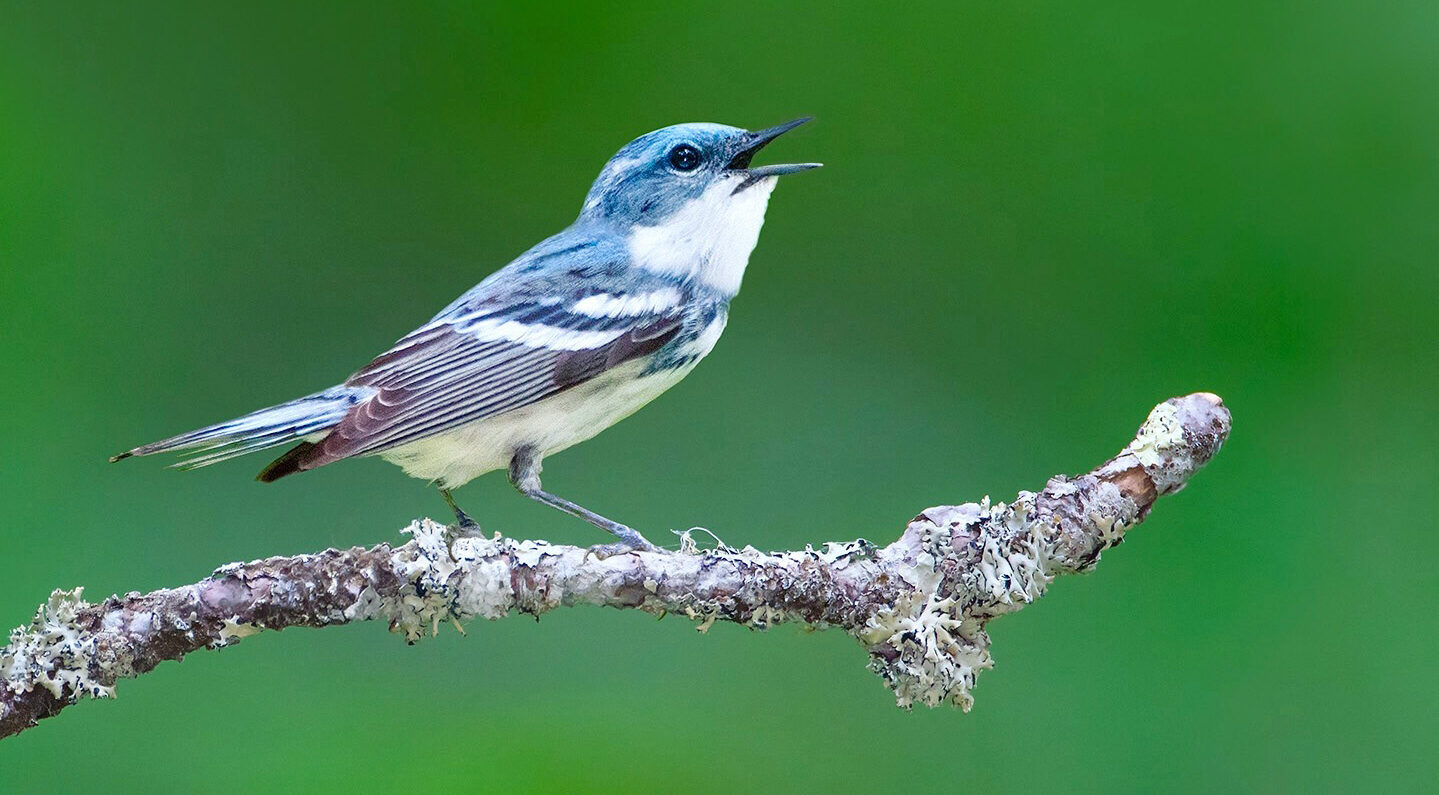Dear Michigan Audubon friends,
Adaptability: Many of us have developed much more of this skill in the past year than we thought ourselves capable of. The same is likely true for our native birds and pollinators as they face continued threats to their survival throughout North America. There is certainly no shortage of work for the birds we love and rely upon. The term adaptability aptly describes Michigan Audubon’s efforts as our team continues to work, whether remotely or in the field, to maintain, deepen, and expand the work of our mission while adapting to the needs of birds in today’s world.
Despite tremendous adaptation and flexibility over this past year and setbacks to environmental policies, I’ve noticed new spaces, fresh opportunities, and changes signaling collective progress in birding and conservation spheres alike. As a larger, more resilient, proactive community grows, we are able to be more productive in protecting birds with a greater reach, a bigger impact, and a reinforced voice for ecological values in our state’s legislation that affects birds. A brief update on the Sandhill Crane proposed hunting season and game species designation can be found on page 12 of this issue.
Currently, our devoted spring field staff is monitoring avian migration at Whitefish Point Bird Observatory in Paradise, Mich. We are so grateful for their continued adaptability as they keep our banding and count programs strong and steady. As a reminder, you can check out the field staff’s sightings (with live updates) at wpbo.org. If you have a soft spot for WPBO, please consider donating to keep this program functioning year-round! Sarah Pooler, our development manager, can be reached at [email protected] and would be happy to talk with you about ways you can donate to WPBO or a program, project, or bird sanctuary of your choice.
In this issue, we feature the second of four articles focused on highlighting wind energy developments in our state. This article shares details of a 50,000-acre wind farm development proposal in Montcalm County, a project we have been both watching and working with as it progresses in the northern Lower Peninsula. Michigan Audubon’s intersection and input with wind energy developers is focused on determining how we can best support the implementation of better siting practices that take into account the needs of migratory and resident birds, including habitat fragmentation. Stay tuned for the next piece, an update on the Garden Wind Farm, the Upper Peninsula’s first operational wind farm, in Delta County.
Speaking of the U.P., should you happen to visit this summer, we regret to share the update that our Owl’s Roost Gift Shop will remain closed at Whitefish Point due to COVID-19 limitations. Please read further about visiting WPBO on pages 6–7. We appreciate your help spreading the word on how and why we are calling on visitors at Whitefish Point to be better stewards of this special place! Whitefish Point remains open during daylight hours for birding, and we look forward to hosting our annual Birdathon fundraiser for WPBO this May.
Our Cerulean Warbler Weekend, based at our Otis Farm Bird Sanctuary in Hastings, is a small, lovely birding event that offers an opportunity to see this little bird of the big woods. As we adapt to this year’s needs, we are happy to announce that a limited number of Cerulean Warbler guided tours will be offered instead. In other event news, we are working again with Hartwick Pines State Park to offer Kirtland’s Warbler tours to the public. For more on those tours, see page 9. Visit our calendar at michiganaudubon.org/calendar for updated registration information on all events.
Our other feature piece relates to the ongoing avian botulism pandemic in Michigan. Dr. Mary Ellen Newport, an evolutionary biologist and instructor of ecology at Interlochen Arts Academy, volunteers for the National Park Service monitoring waterfowl on Lake Michigan’s shoreline. Dr. Newport shares her experience monitoring on pages 4–5.
The community spotlight in this issue is on Penny and Rick Briscoe, two individuals who are incredibly committed to the conservation of Purple Martins. These folks have given so much personal investment toward educating others to be compassionate, informed, and successful “landlords” for Purple Martins. Our community spotlight is a place where we highlight our supporters, network, and volunteers at work for birds…and thank them for all they do! Thank you, Penny and Rick, for making such an impact for Purple Martins in Michigan.
If you’re looking for ways to volunteer locally and you aren’t already a member of your local Michigan Audubon chapter, consider checking with a local chapter for volunteer opportunities. Local natural areas or parks departments likely need assistance, too, with efforts such as invasive plant species removal — a service that really pays off for biodiversity! Lastly, a gentle reminder that Michigan Audubon offers free, downloadable PDFs that can help you design a native landscape for birds and pollinators in your backyard at michiganaudubon.org. However you spend your spring this year, we hope you stay connected to us and to the restorative, inspiring world of birds outside our doors in the Great Lakes State.
Thank you for taking the time to read this and for being a part of our community. Membership to Michigan Audubon is one way that people give back to and support birds and the habitats they depend on in our state. Thank you for continuing to be a supporter and a friend to our work and to Michigan birds. We couldn’t do it without you!
Warm regards,

Heather Good
Executive Director
This article appeared in the 2021 Spring Jack Pine Warbler.
Featured photo: Cerulean Warbler © Josh Haas

